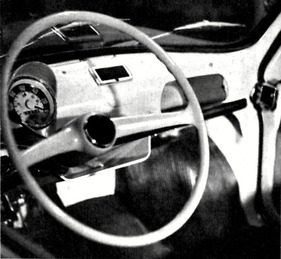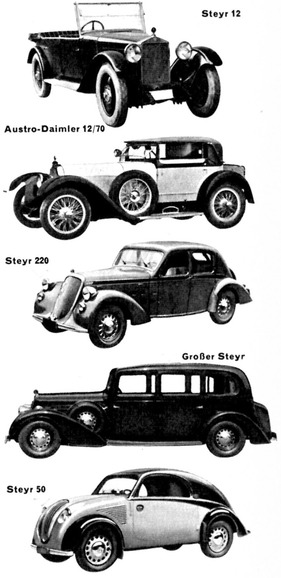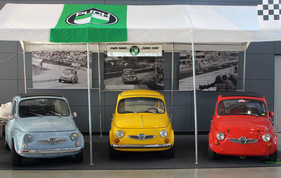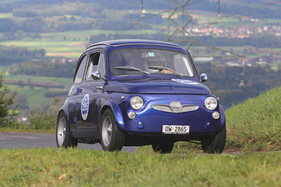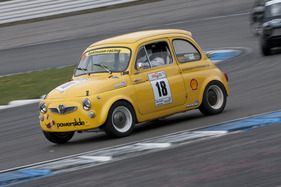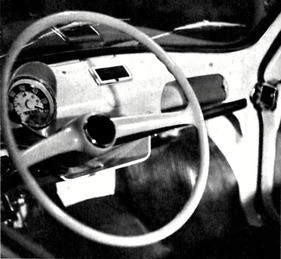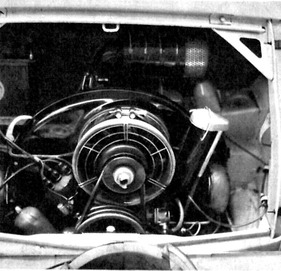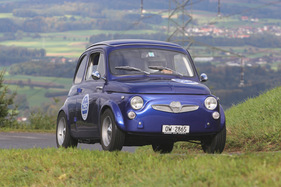Puch 500 D - Steierbua with a mountaineer's heart - now with 18.9 hp
Summary
At the beginning of the sixties, Steyr-Puch built an independent version of the Fiat 500. In keeping with tradition, an air-cooled four-stroke boxer two-cylinder engine was installed, which accelerated the small car to an impressive 100 km/h and was great fun to drive. Only the price stood in the way of widespread distribution. This report contains the original wording of the "hobby" report from 1962, supplemented with pictures from the time.
This article contains the following chapters
- The appearance of Fiat's smallest
- Impressive lineage
- Engine like a halved VW
- Four-seater or two-seater with emergency seats?
- Independent rear axle allows high payload
- Really: bigger on the inside than on the outside
- Practical equipment
- Tight luggage compartment
- Hard-working engine with a smooth baritone
- Over 100 km/h
- On the mountain at its best
- Powerful brakes
- Lover's price?
- Technical data
Estimated reading time: 9min
Preview (beginning of the article)
In the Austrian Alps, it has happened to many a proud middle-class driver that a small hulk has squeezed itself into his rear-view mirror, coming closer after every bend and pulling away at the first best opportunity. The thing looked like a small Fiat, but it was a 500 Puch. The fact that it looks like Fiat's smallest is no coincidence. The Austrian Steyr-Daimler-Puch works, which also assembled other Fiat models, sourced the body panels and significant parts of the chassis and equipment from Turin. Only the engine and the rear axle are built in-house by the Puch branch in Graz: firstly, because the company can afford to utilize its own engine-building capacities; secondly, because in a predominantly mountainous country, even a small car needs an engine with pronounced mountaineering characteristics; and thirdly, because the traditional Stcvr-Daimler-Puch division has enough special experience with mountain-proof engines.
Continue reading this article for free?
Photos of this article


